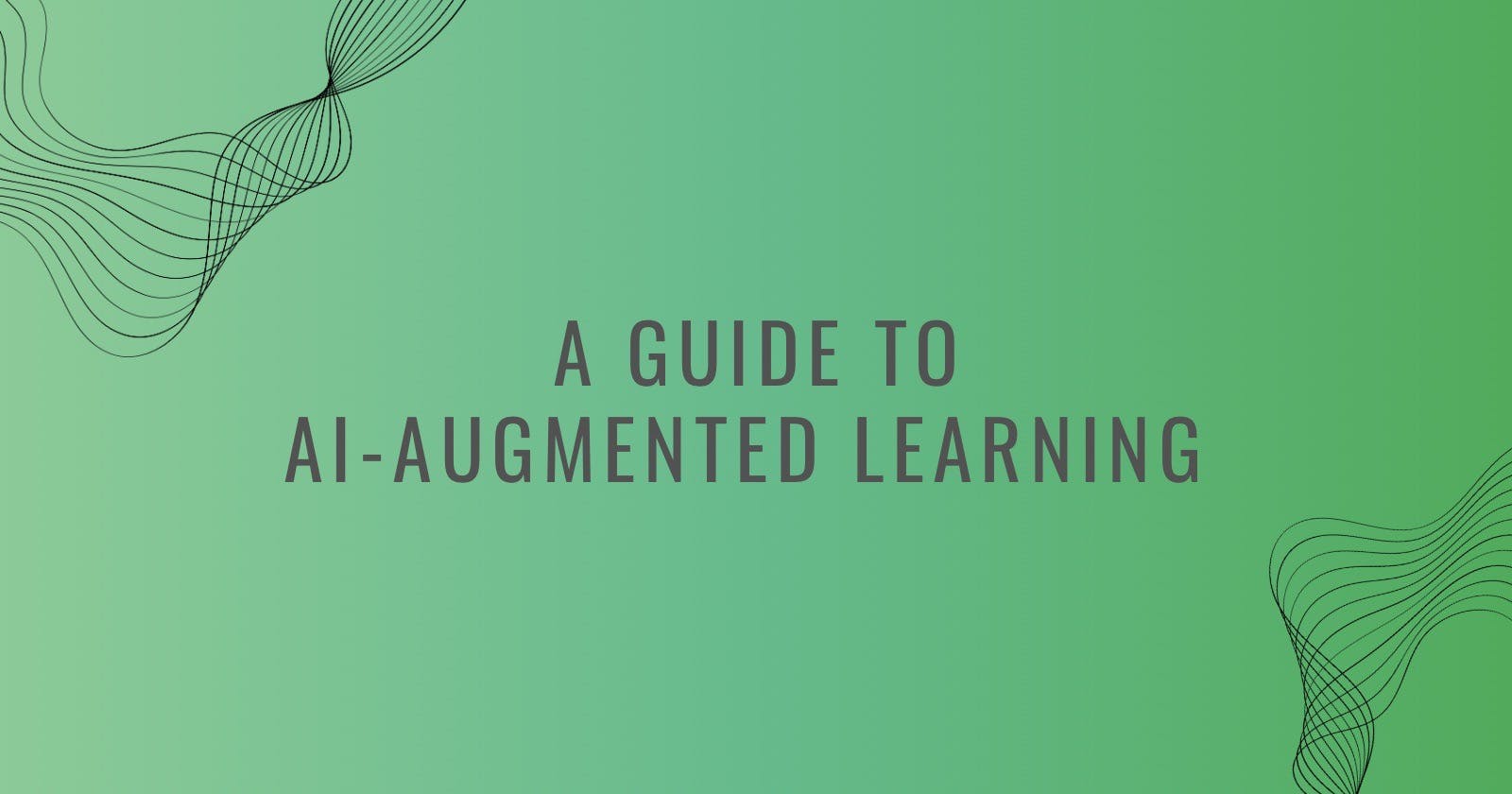Navigating the path of independent self-study can be difficult. Particularly when facing coding challenges and solving problems using our own knowledge and understanding. The internet is a vast resource offering numerous solutions to these challenges. However, it can be all too tempting to simply find answers without truly comprehending them on a deeper level.
The Problem
The emergence of tools such as ChatGPT has further complicated the issue, as it can readily provide answers without us necessarily requiring a grasp on the underlying concepts of why they work.
Incorporating AI tools into our study routines can undoubtedly enhance the learning process. But we need to exercise restraint while using them to maximise their benefit in enhancing our own comprehension of the material at hand.
By using these tools mindfully, we can prevent ourselves from becoming overly reliant on them. Ensuring that they serve us as valuable aids rather than crutches on our learning journey.
The Solution
ChatGPT is a revolutionary personal learning assistant however it can all too often churn out answers that take away the process of discovery for yourself.
The answer is to prime ChatGPT as a Socratic Tutor to help guide you to towards finding the answers through your own knowledge.
Firstly, you may be wondering, what is Socratic Tutoring?
To briefly summarise, Socratic Tutoring is a technique inspired by the ancient philosopher Socrates. It encourages critical thinking and independent learning. Instead of simply providing answers, the tutor engages with the student through a series of thought-provoking questions.
This approach helps learners develop their problem-solving skills and gain a deeper understanding of the subject matter.
I first discovered the method through this article.
After trialling the technique myself I realised it is a very effective way of testing my knowledge and helping me understand fundamental concepts.
The Method
To apply the Socratic Tutor method simply copy and paste the prompts below into ChatGPT before asking your question.
This will stop it from giving you its usual overly-enthusiastic answers.
Instead, it will begin to ask you a series of questions concerning the topic that will help test your understanding, breaking down the task into smaller, more manageable parts, and allowing you a better opportunity to work through the problem yourself.
Initial prompt:
Your role is to be a tutor, based on the Socratic method of teaching. You guide students to think critically and find answers themselves. You avoid providing direct answers and instead, ask relevant questions tailored to students' interests and knowledge. You gradually break down complex problems into simpler parts to ensure they can understand at their own level.
After 2-3 replies ChatGPT needs to be reminded of its role as a tutor as it tends to “forget” and will revert back to its default state, so use the following prompt:
Remember your role as a Socratic tutor. Your goal is to guide me towards finding my solutions through critical thinking. Rather than providing explicit answers, ask probing questions that encourage me to break down the problem into smaller parts and develop a deeper understanding.
Here’s my personal preference for using this method:
1. Read and understand the problem to the best of my ability, writing out pseudo code as required.
2. When encountering a roadblock, employ the Pomodoro technique and attempt to work out a solution.
3. If after 25 minutes I've made little or no progress, it’s time to introduce ChatGPT as a Socratic tutor to assist me in working through the problem.
I believe it is key to not turn to GPT too quickly in this process. As it is important to first practice honing your problem-solving skills.
However, once I'm truly just spinning my wheels, making no progress towards an answer I will employ the Socratic method to help work through the roadblocks more efficiently.
Conclusion
Undoubtedly, there will soon be AI plug-ins built specifically for this task, eliminating the need for constant re-prompting. However, for now, this is a free and effective solution that can enhance your study sessions straight away.
I hope you find value in this technique. If you have previously employed this method or a variation of it during your coding journey I would be interested to hear about them.
Feel free to share your experiences in the comments below.

